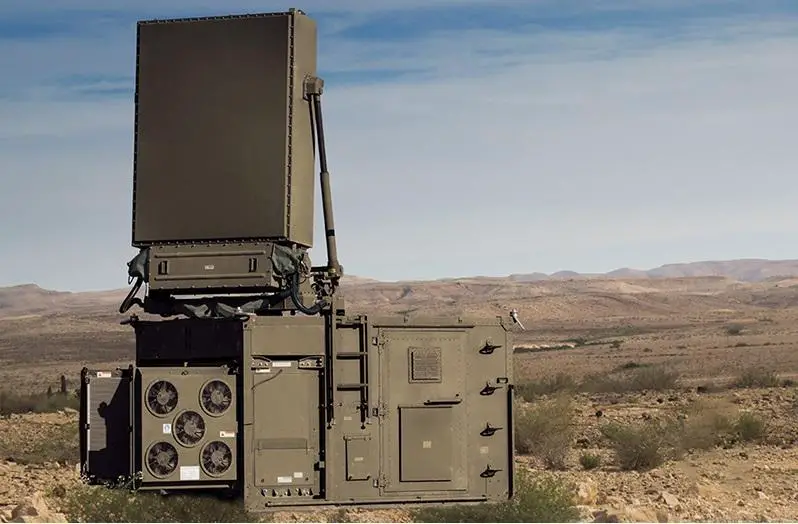Babcock, the international aerospace, defence, and security company, has signed a Memorandum of Understanding (MoU) with Israel Aerospace Industries’ (IAI) Group and Subsidiary ELTA Systems to provide a deep-find radar solution for the UK Ministry of Defence’s SERPENS programme. SERPENS is the MoD’s next generation weapon locating system with a digitally networked suite of sensor systems that detect hostile mortars, artillery and rockets. The collaboration will offer IAI-ELTA’s highly capable, and battle proven Compact Multi Mission Radar (C-MMR) system, which will be partly produced and integrated in the UK.
Dr Richard Drake, Babcock’s Chief Technology Officer, said: “We are delighted to announce our partnership with IAI-ELTA to provide a deep find radar solution for the UK Ministry of Defence’s SERPENS programme. Babcock is proud to provide class-leading technology to our customers and with IAI-ELTA’s battle proven C-MMR system.”
Ronald Cook, IAI UK Managing Director, said: “This agreement between IAI and Babcock demonstrates our commitment to the UK. We are bringing together the brightest minds in the industry to combine world-class technology with our commitment to UK prosperity. We are proud to partner with one of the UK’s finest companies in the industry to provide our cutting-edge C-MMR to the UK market.”

The Compact Multi Mission Radar (C-MMR) is designed for air defence and artillery weapon location missions, with the radar locating hostile weapon locations and calculating impact and launching points in real time. The radar implements advanced 3D-active electronically-steered array antenna technology. The MoU between Babcock and IAI-ELTA will boost sovereign radar experience and expertise. It provides Babcock with the opportunity to further prove its system integration and through life support pedigree while also developing its radar assembly and maintenance expertise.
The Memorandum of Understanding (MOU) will help establish their system integration and through-life support while also developing its radar assembly and maintenance expertise. Serpens will replace the Artillery Hunting Radar (ARTHUR), as well as Halo, which is in service as the Advanced Sound-ranging Post (ASP) and the Q49 Lightweight Counter Mortar Radar (LCMR), all of which are scheduled to retire by 2026. Project Serpens, a British Army programme, seeks a new weapon-locating radar system. A request for information announced in October 2019 detailed that the new system would involve a suite of networked sensor systems to detect, acquire, track, and assess adversary indirect fire threats, including mortars, artillery, and rockets at “vastly increased” ranges compared with the current fielded systems. The new systems are expected to be introduced by 2026, with a main gate award anticipated in 2024. The platforms are scheduled to be retired in 2057.















